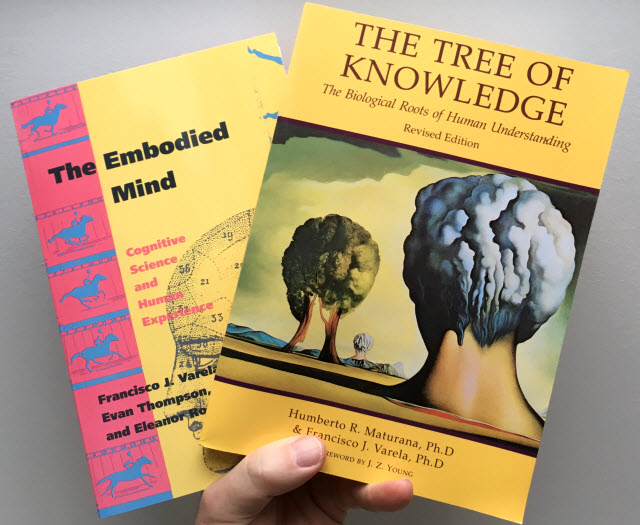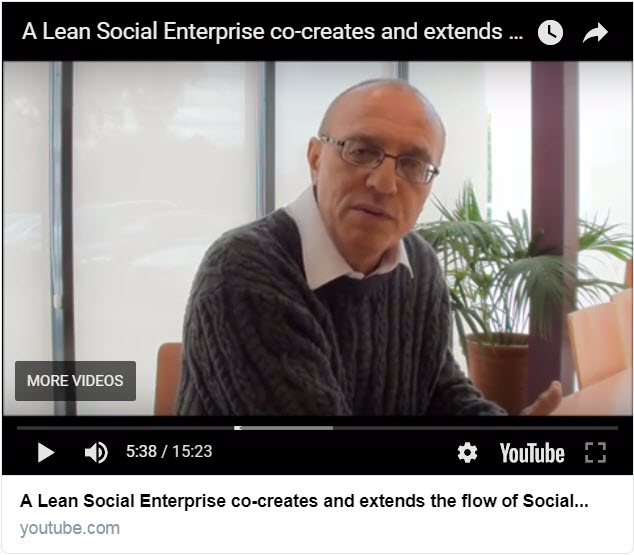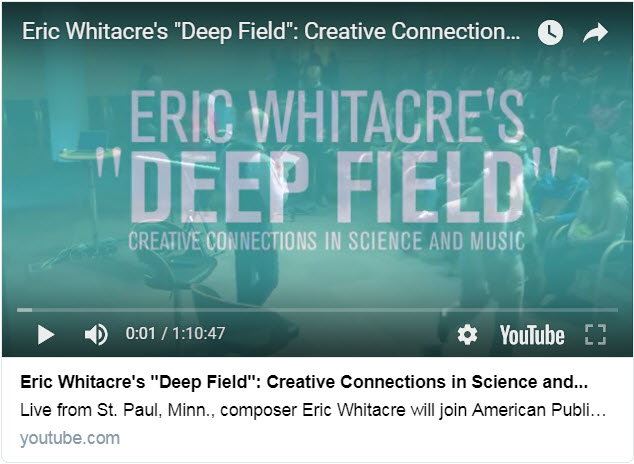This is a post in my series on organizing ”between and beyond.” Other posts are here. This is a retrospective of what has happened during the week. The purpose is to reflect on the work itself. Here is my previous retrospective. Here is my next retrospective.
What has happened? What needs to be done?
Books
This week, I’ve read The Embodied Mind: Cognitive Science and Human Experience by Francisco J. Varela, Evan Thompson, and Eleanor Rosch. I haven’t written a review yet, but the section on Self-Organization Revisited, in Chapter 8, caught my attention.1
The authors write that autonomous systems stand in sharp contrast to systems whose coupling with the environment is specified through input/output relations. A computer is an example of the latter kind of system. Living systems, however, are far from being in this category. We cannot, in general, specify the operation of a living system through input/output relations.
This means that the meaning of an interaction is not prescribed from the outside, but is the result of the organization and history of the system itself.2 This has huge implications, since organizations are living systems, but often are treated as machines.3, 4

I’ve started reading The Tree of Knowledge: The Biological Roots of Human Understanding by Humberto R. Maturana and Francisco J. Varela. This is a book recommended by Jeff Loeb (@JDLoeb).
And I’ve continued reading Iain McGilchrist’s The Master and his Emissary this week. This is a book recommended by Marcus Kempe (@KempeMarcus). It’s a thick book (500+ pages), which doesn’t invite causal reading. It will take weeks to get through this book. Partly, because of the sheer size of the book. Partly, because of the book’s structure. Chapter 2 is almost half a book (62 pages) in itself.
Videos
Two videos caught my attention this week. One is Jeremy Scrivens’ A Lean Social Enterprise co-creates and extends the flow of Social Good. Jeremy asks: “If we are looking to move from good to great, why do we focus on bad?“5 He also suggests that we should focus on flow rather than on waste.

Another video which caught my interest is Eric Whitacre’s Deep Field: Creative Connections in Science and Music, which is about the creation of his work Deep Field. Eric Whitacre is joined by composer Steven Bryant, as well as members of the team from The Nerdery, who created the app that forms part of Deep Field. Eric starts discussing his creative process 17 minutes from the start of the video. Steven joins in 24 minutes from the start.6 Their discussion is most interesting.

What was good? What can be improved?
I appreciate the book recommendations and the feedback I receive from my readers.
Suzanne Daigle (@DaigleSuz) wrote on Facebook that she has read a few of my book reviews, which led her to my other between and beyond posts.

Eric Whitacre and Steven Bryant’s discussion reminds me that I need to revisit and update the ‘architecture’ of this series of posts on organizing between and beyond.
Notes:
1 Fransico J. Varela, Evan Thompson, and Eleanor Rosch, The Embodied Mind: Cognitive Science and Human Experience (MIT Press, 1993), pp.151–157.
2 Ibid., p. 157.
3 One example is Lean Six Sigma, which focuses on determining the equation yi = f(xi) that relates process outputs, yi, to process inputs, xi.
4 Another example is Sociocracy, which is based on cybernetic principles. See this post on why cybernetics is a poor metaphor for living systems.
5 Jeremy Scrivens, A Lean Social Enterprise co-creates and extends the flow of Social Good (Dec 4, 2014), Retrieved Dec 10, 2017, from https://youtu.be/6C2h2vSlZ5E?t=338.
6 The Coral Stream, Eric Whitacre’s “Deep Field”: Creative Connections in Science and Music (May 5, 2015), Retrieved Dec 10, 2017 from https://youtu.be/9jkJbkF9qSw.
Related posts:
Organizing in between and beyond posts
Leave a Reply
You must be logged in to post a comment.